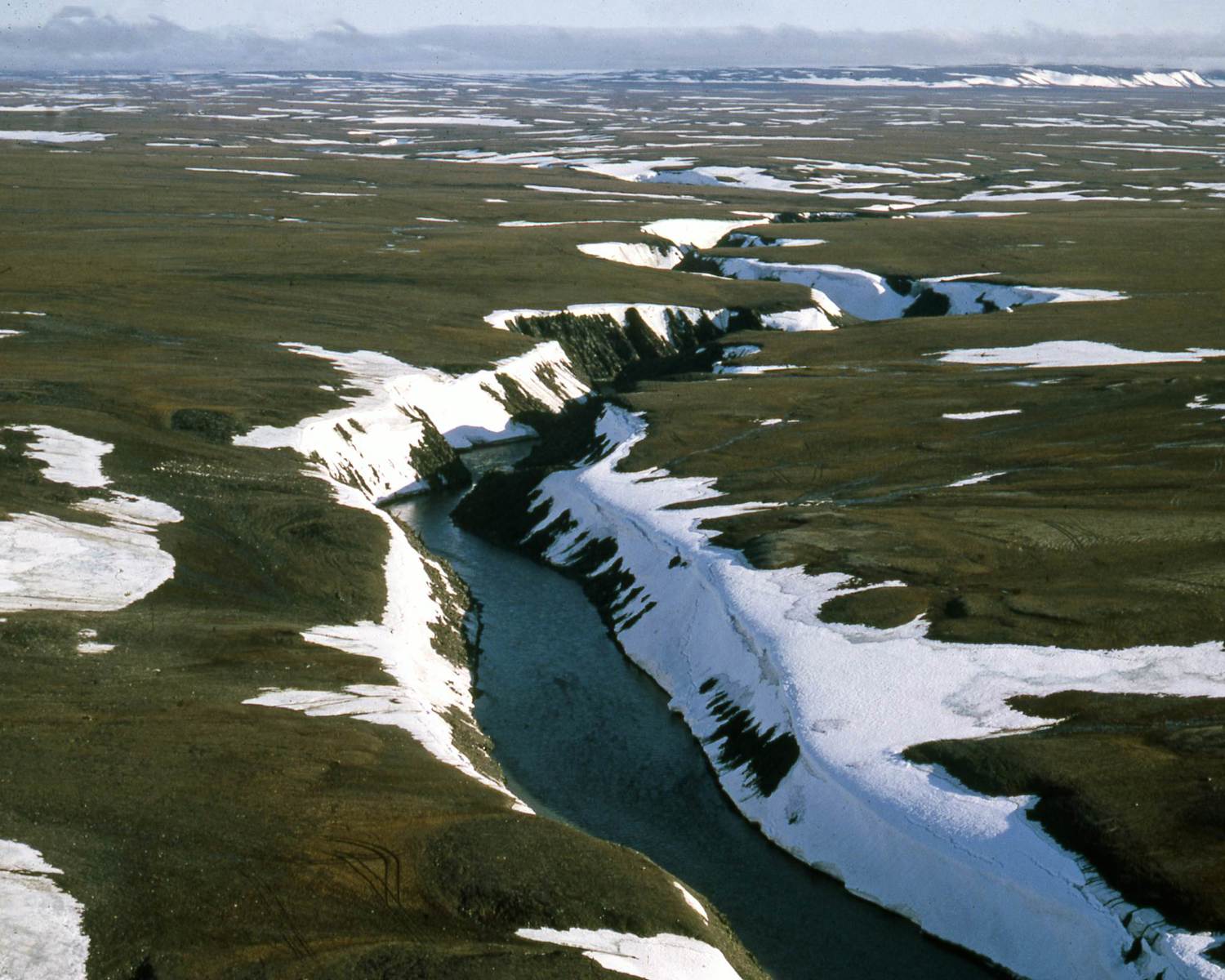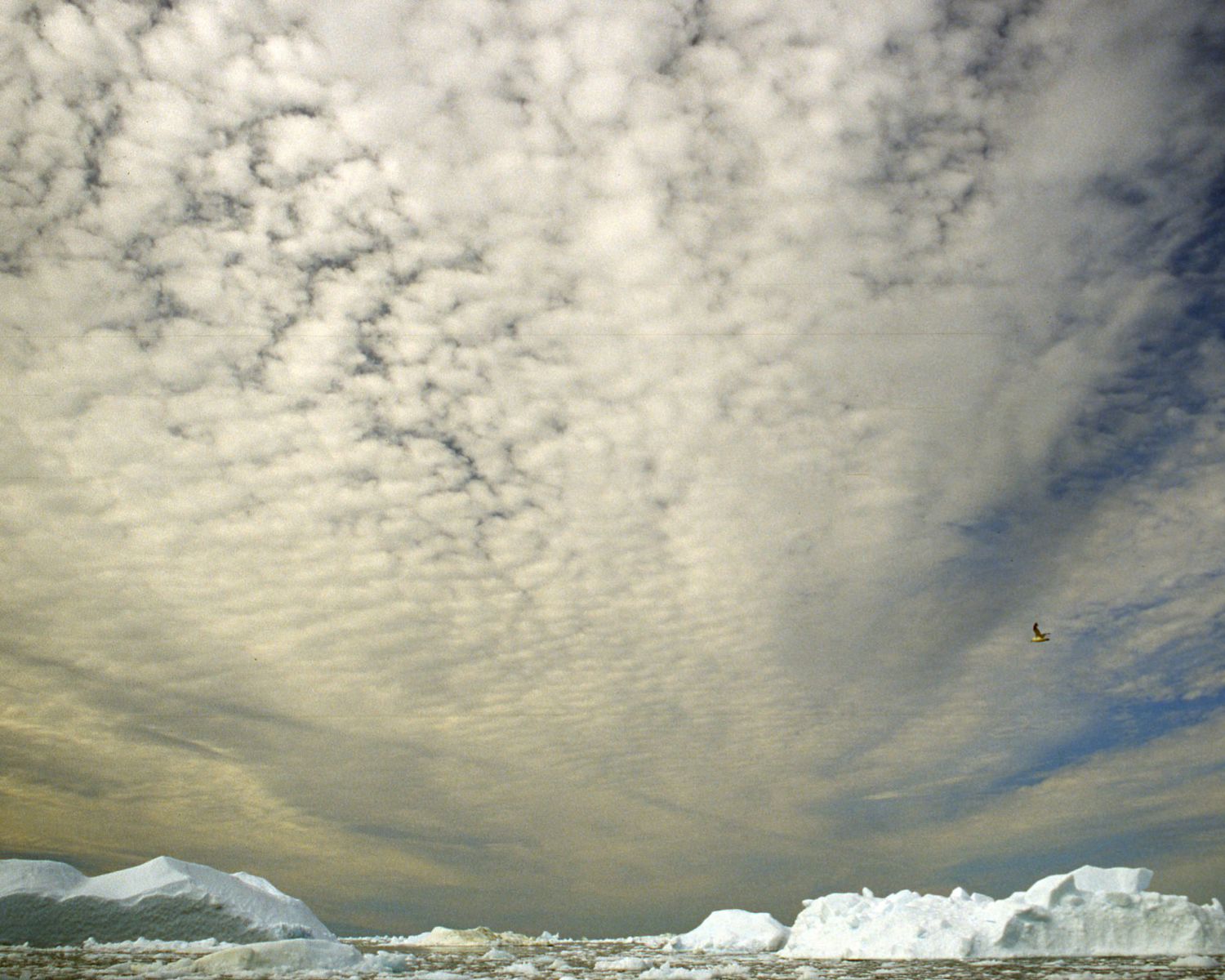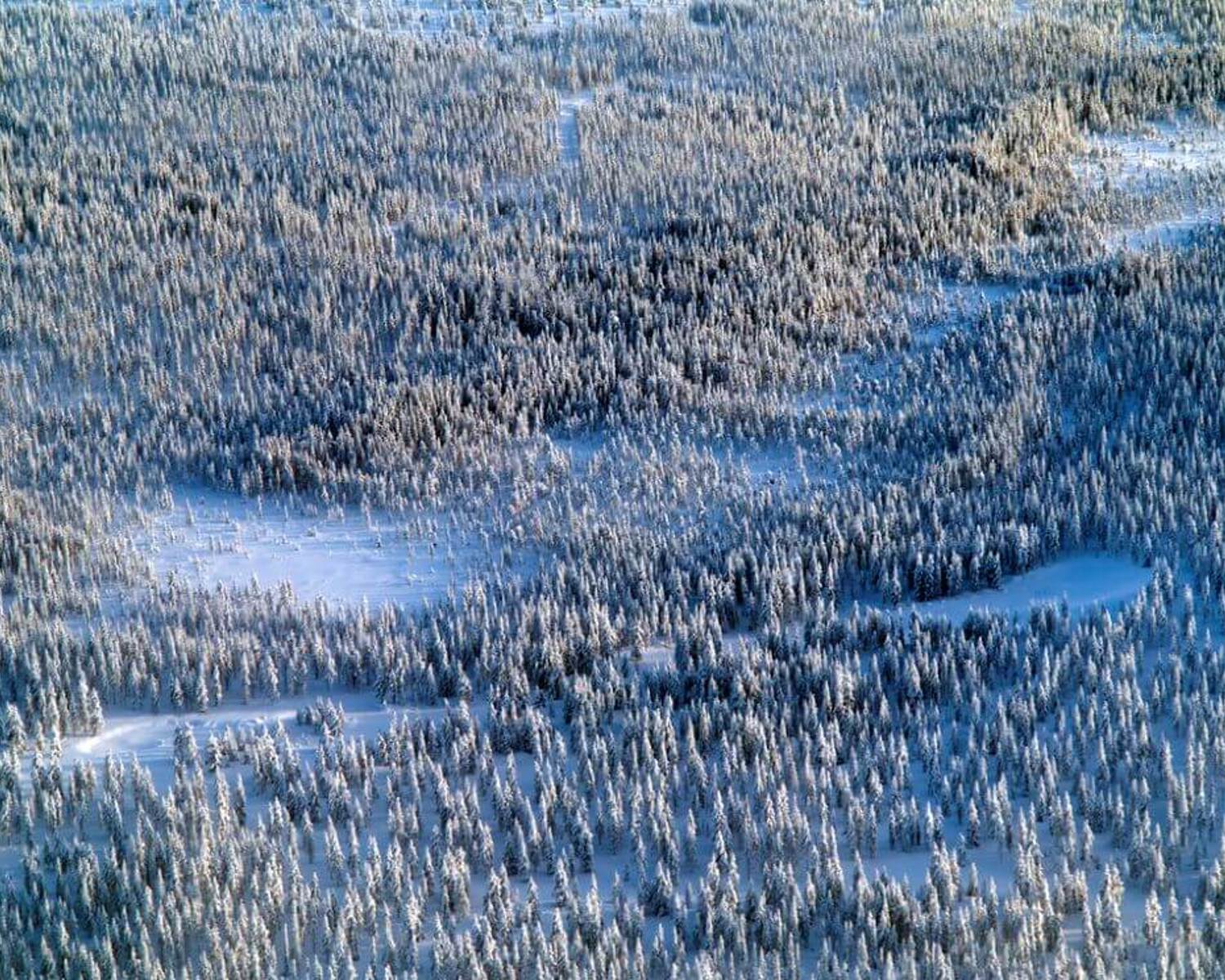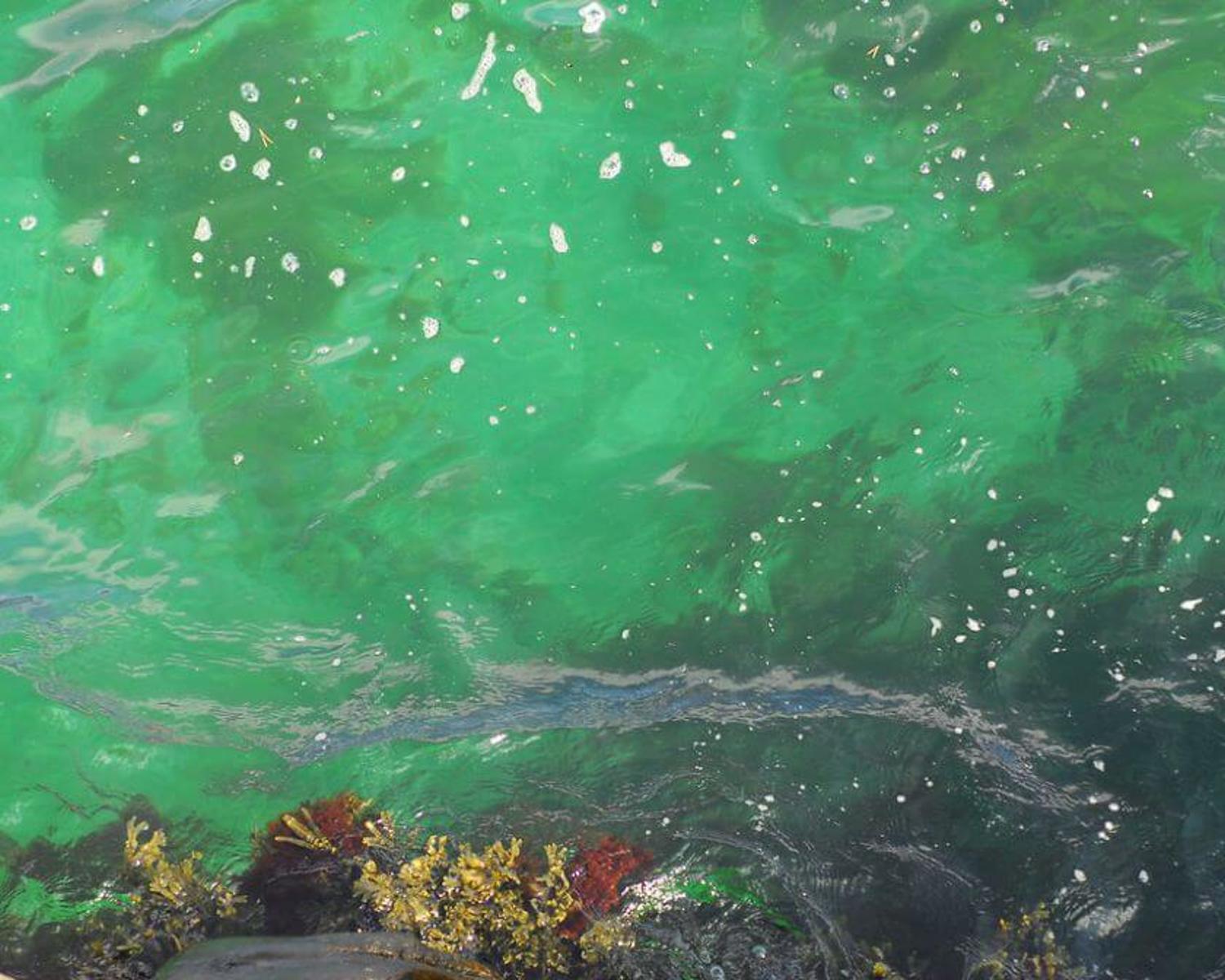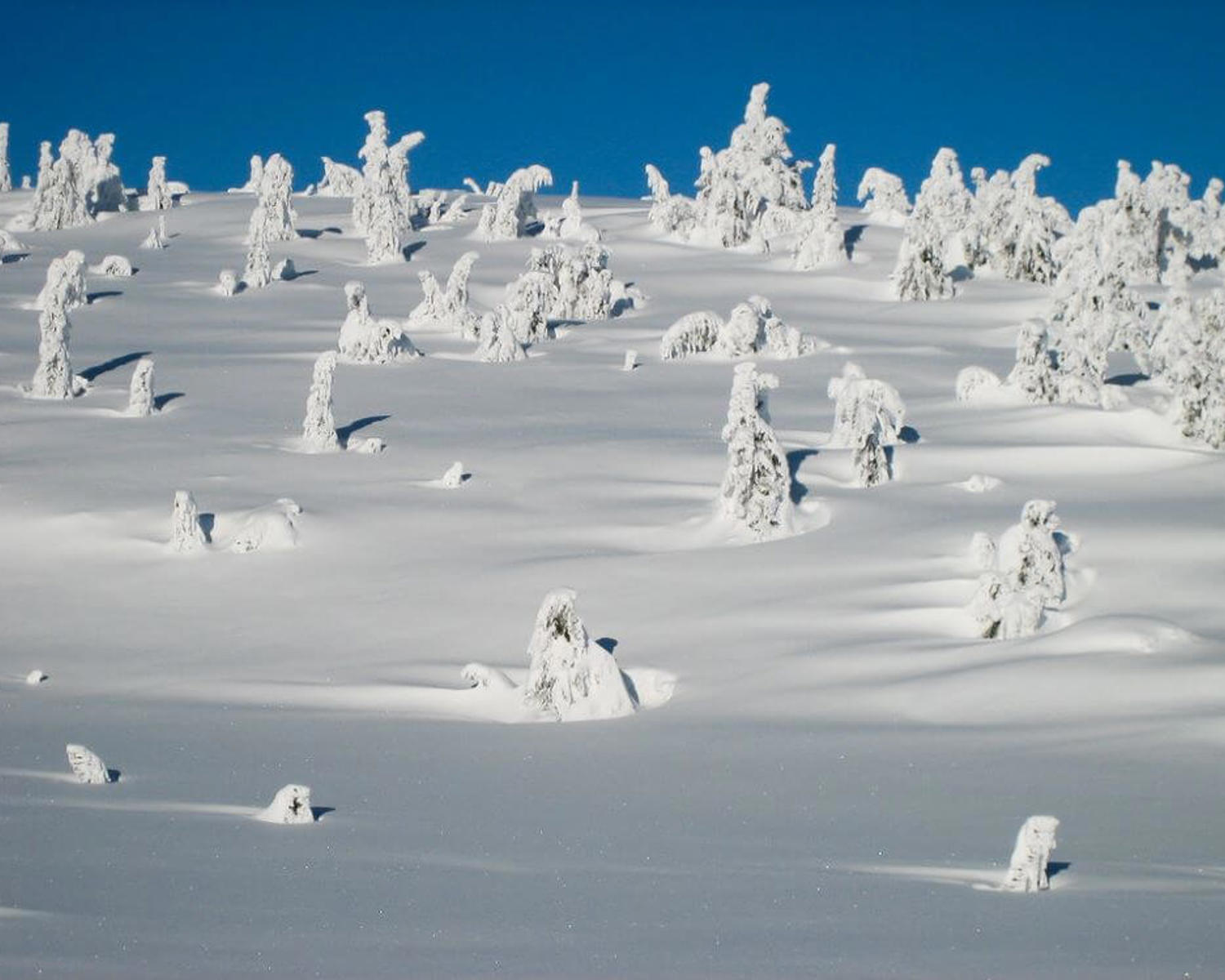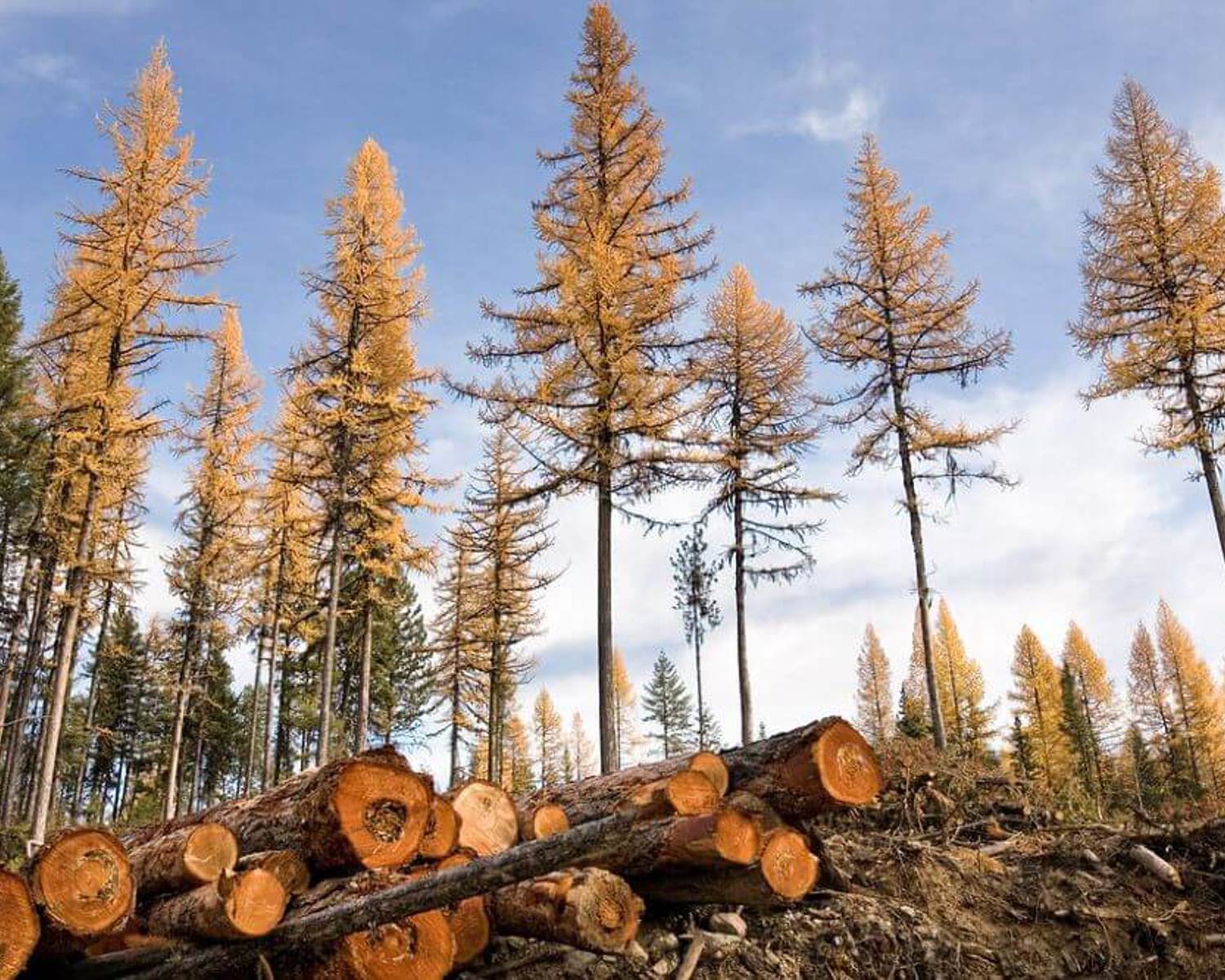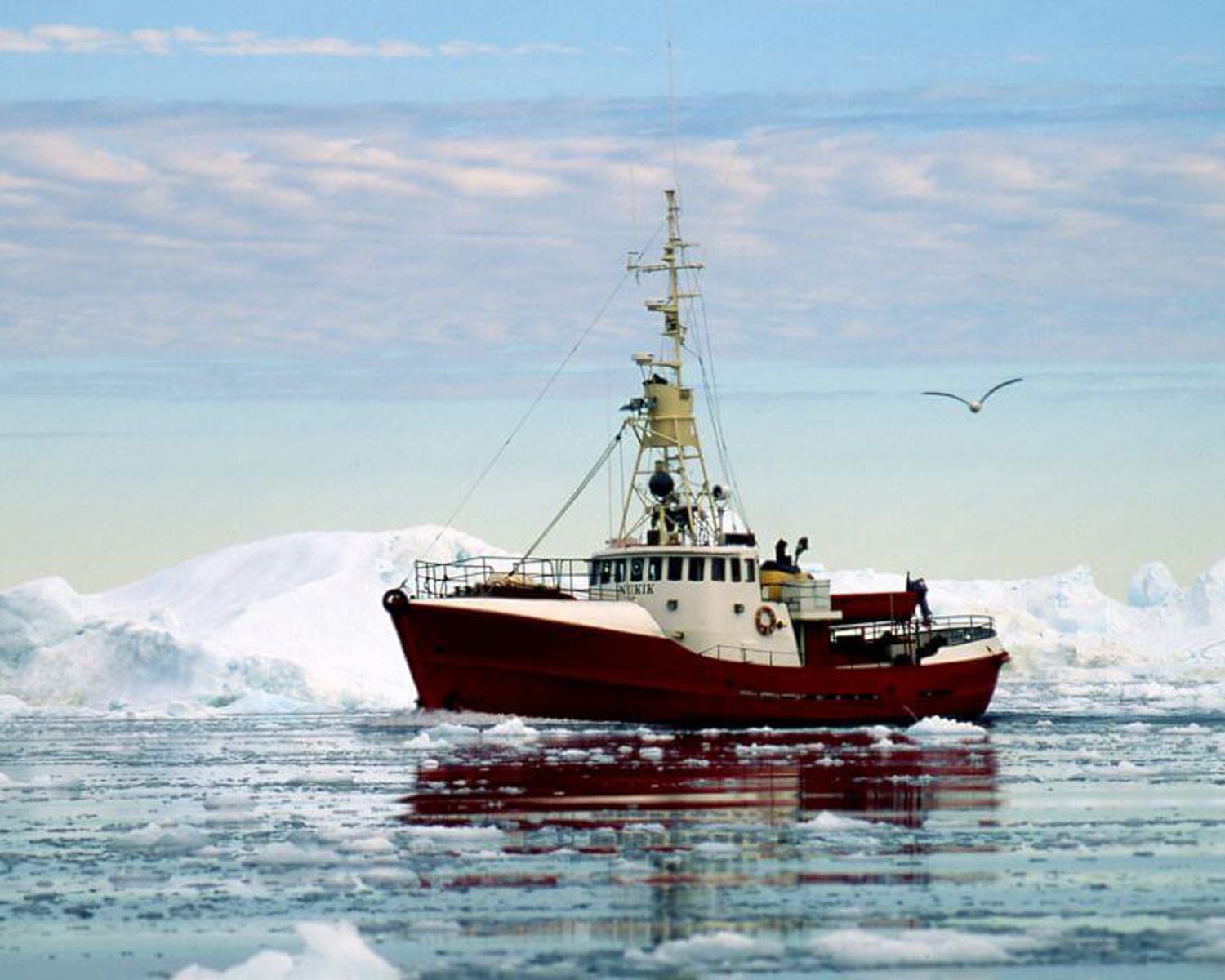Increasing humidity around glaciers and ice sheets

Engineer Paul Klinkman has suggested increasing the water content around glaciers and ice sheets to increase precipitation over them (see Klinkman Solar Design, U2).
Although it is unsure how this would work exactly, Klinkman suggested constructing ‘fog-creating ponds’ that would increase the moisture content of the air. Klinkman has also suggested increasing moisture content by using a ‘water vapour chimney’ (See Klinkman Solar Design H14). Alternatively the increased warmth associated with open water will increase ablation and calving rates in Greenland. This has been proposed as a likely mechanism for variations in terminus position. Historical mass loss is correlated with heat flow from surrounding seas (Yue et al. 2021; Moore et al. 2019)
Analysis overview

Technological Readiness Level (TRL)
Low 1
Technological Readiness Level (TRL)
A technology with a TRL of 1-3: TRL 1 – Basic; TRL 2 – Concept formulated; TRL 3 – Experimental proof of concept

Scalability
Low 1
Scalability
Physically unable to scale; sub-linear/logarithmic efficiency of scalability

Timeliness for near-future effects
Low 1
Timeliness for near-future effects
Implemented too late to make a significant difference

Northern + Arctic potential
Low 1
Northern + Arctic potential
No noticeable extra positive effect beyond the global average; technology is unsuited to the Arctic

Global potential
Low 1

Cost - benefit
Unknown 0

Environmental risks
Low risk 3
Environmental risks
Very limited, site-specific effects restricted to the solution deployment location only

Community impacts
Neutral 2
Community impacts
Unnoticeable or negligible positive or negative effects

Ease of reversibility
Easy 3

Risk of termination shock
Low risk 3
Risk of termination shock
Low or insignificant termination shock or damage

Legality/governance
Possible 3
Legality/governance
Currently legal to deploy, with governance structures in place to facilitate it and/or financial incentives to develop it

Scientific/media attention
Low 1
Scientific/media attention
Very low attention from individuals and/or abandoned ideas; low media attention; no commercial interest.
References
Klinkman Solar Designs. n.d. U2. Fog and nearby mountains. https://klinkmansolar.com/knightfog.htm#U2 [Accessed 8 July 2024]
Klinkman Solar Designs. n.d. H14. Water vapor can deliver extra updraft power. https://klinkmansolar.com/kchimney.htm#H14 [Accessed 8 July 2024]
Moore, J.C., Yue, C., Zhao, L., Guo, X., Watanabe, S., Ji, D. 2019 Greenland ice sheet response to stratospheric aerosol injection geoengineering. Earth's Future, 7 https://doi.org/10.1029
Yue, C, L. Steffensen Schmidt, L. Zhao, M. Wolovick, J.C. Moore 2021 Vatnajökull mass loss under solar geoengineering due to the North Atlantic meridional overturning circulation Earth’s Future 9. https://doi.org/10.1029/2021EF002052

